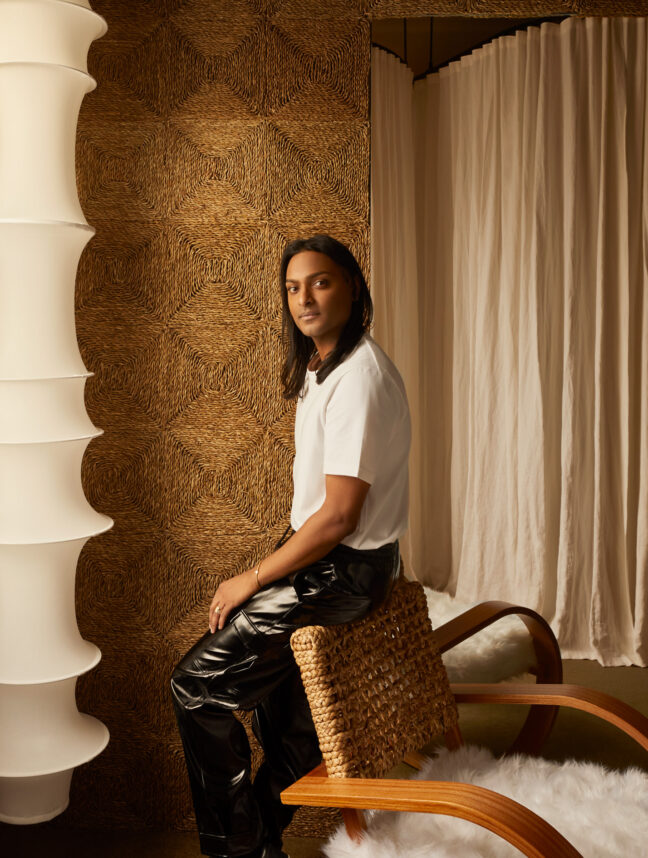How Australian designer Brahman Perera collaborates with his clients to create spaces that celebrate personal narrative and a connection to place.
Growing up, design wasn’t always on the cards for the Melbourne-based designer Brahman Perera. It was only after graduating high school that his passion for the field took hold. Inspired by his newfound interest to produce a portfolio of work, Perera applied to study architecture at Melbourne’s prestigious RMIT University in 2006. “I recall being asked why I had suddenly developed an interest in design, given I’d taken no related subjects at school,” Perera muses. “I think they were deeply satisfied with my response, as I was immediately offered a spot.”
Perera – who is both articulate and softly spoken – impressed the heads of the RMIT architecture department with his extensive design vocabulary and a problem-solving approach that was refreshing in an industry so often reduced to highly edited, one-dimensional images. “In every project, you need to distil what the problem is and then work intimately with your client towards a solution,” he explains. “It’s not always about the look. That approach can sometimes be the industry’s downfall – the ‘smoke and mirrors’ that presents an inaccurate, non-transparent representation of what we do.”
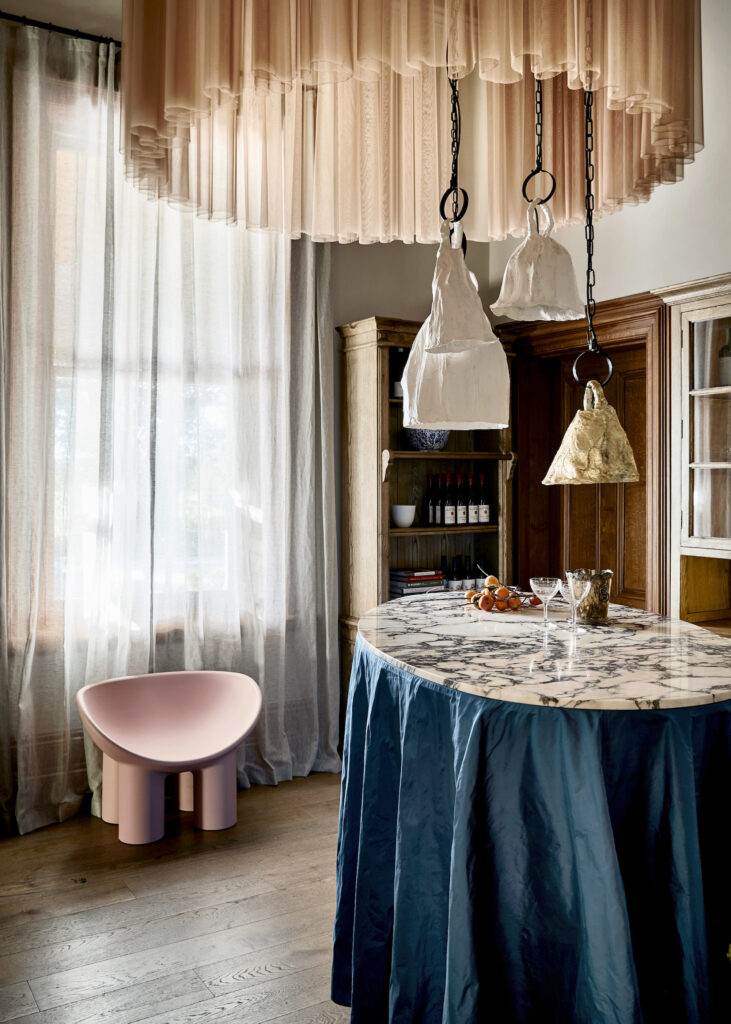
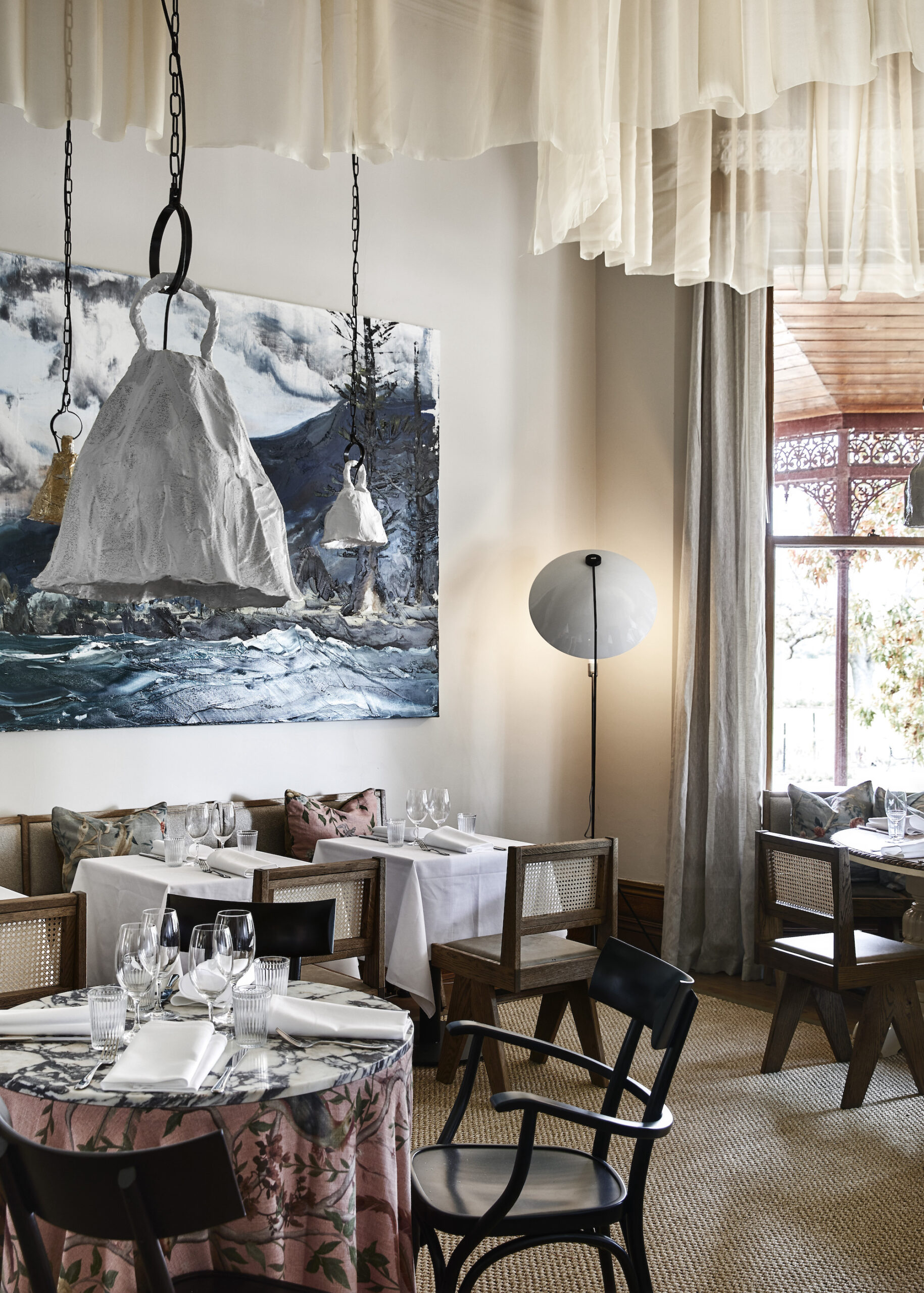
Despite his diverse portfolio of work, Perera is still somewhat of a newcomer to the Australian design industry, having established his own studio just four years ago, in 2020, after dabbling in fashion and jewellery design alongside honing his skills at some of the country’s top practices, including Fiona Lynch Interior Design and Hecker Guthrie. Despite a relatively short time in the industry, however, the designer possesses a maturity of vision, evidenced in his robust design principles, fine balance of theatrical flair and restraint, and global perspective. As a result, he has built an impressive body of work spanning residential, retail, and hospitality projects – but not without the inspiration he find in collaboration.
If you build trust and take an honest approach from the outset, you can really challenge your clients’ perceptions and produce something that will be long-lasting and meaningful.
Brahman Perera
“I never had a massive drive to start my own practice,” Perera says. “I find my best work emerges when I collaborate with other creatives to create something unique.” In the early days of his own practice, for example, he quickly became known for opulent hospitality interiors in collaboration with his partner, restaurateur Jason M Jones. It was this partnership that gave rise to the likes of the Homestead Restaurant at Stamford Park Homestead, the Parisian-inspired Bouzy Bar À Vin, and Second Home.

In 2022, Perera’s distinctive brand of restrained opulence was recognised with an IDEA Emerging Design Award, and the Belle Fanuli Emerging Design Star Award. He also made the prestigious Est 10 and VL50 lists of top interior designers. In each case, the judges referenced his flair and design maturity. The designer’s interior for Sydney eatery Ursula’s Paddington, for example, was highlighted for its unique assemblage of contemporary and vintage pieces.

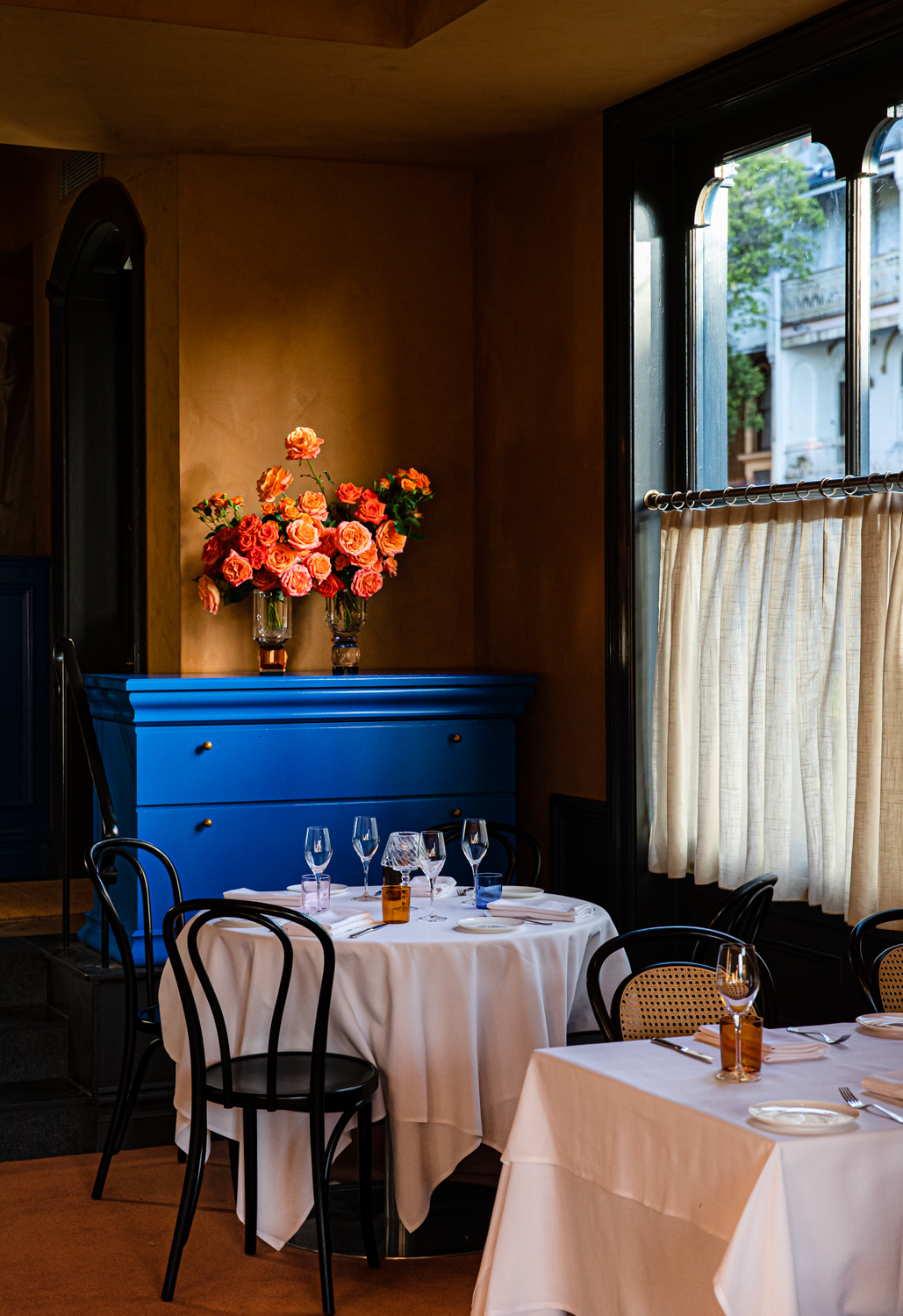
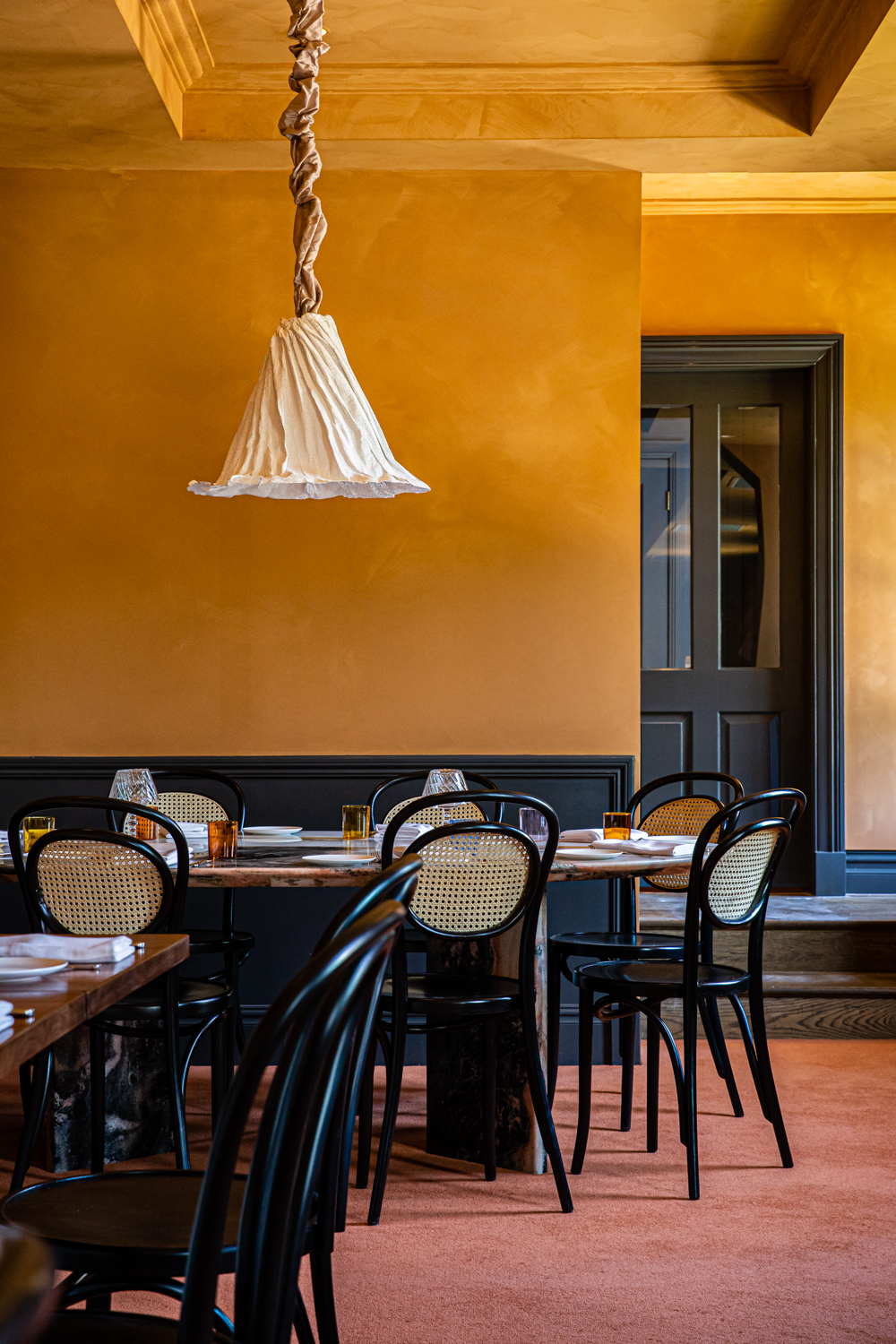
While Perera was recognised in these early days for his hospitality fit-outs, he believes that residential work is his true calling. “I create my residential work through a very personal lens,” he says. “I’m from a Sri Lankan family and was raised in a culture of hospitality and generosity.” This approach is defined by the creation of a personal narrative, built through the layered use of his clients’ most treasured pieces alongside bespoke pieces produced with local makers he admires. “I push these makers to create versions of their work that they may not even know they’re capable of,” says Perera. “Often, I encourage them to licence these pieces for themselves. Everyone wins.”
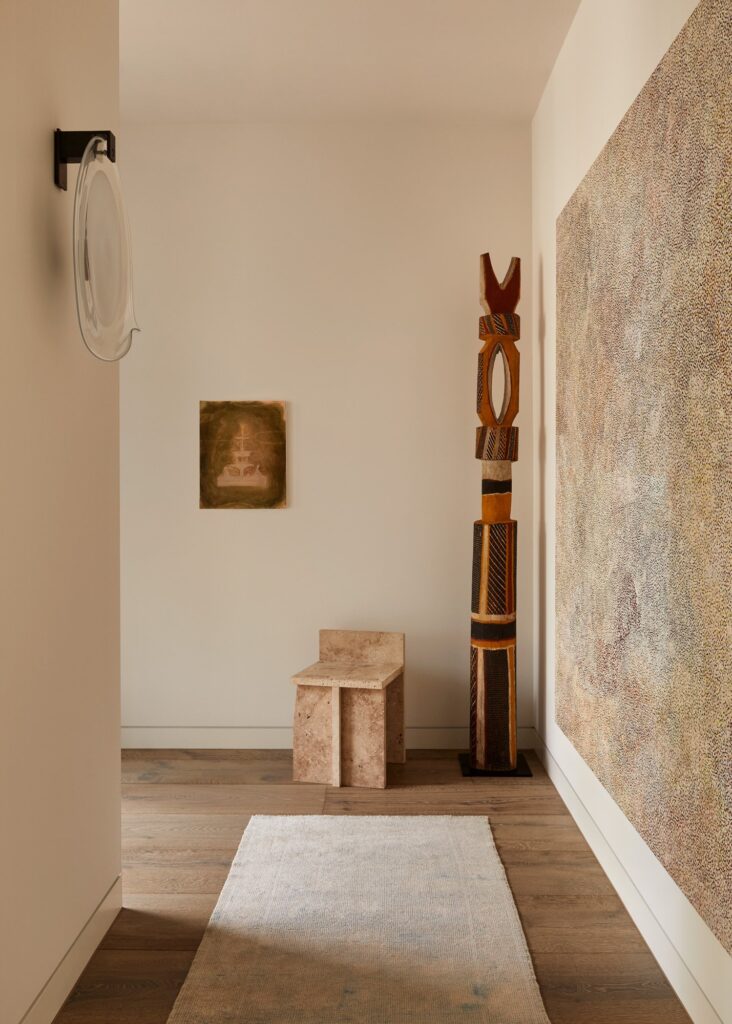
One of the things that attracts him to residential work is the opportunity to “lean towards the old-school way” that interior designers worked with clients – namely, the way designers would work on multiple homes for a family across the generations. “I love the idea of being involved in a client’s life,” he says. “I start every project by really getting to know them, discovering how they live, asking questions, and making observations about their lifestyle, the results of which sometimes only emerge as I start to design. I often question what they think they might need, offering them alternatives that they may never have contemplated at the start of a project.”
For example, he might suggest an alternative use for a spare bedroom in a small apartment or home so that it is more regularly used and inspires joy. “If you build trust and take an honest approach from the outset, you can really tease out that stuff, challenge your clients’ perceptions, and produce something that will be long-lasting and meaningful,” he explains.
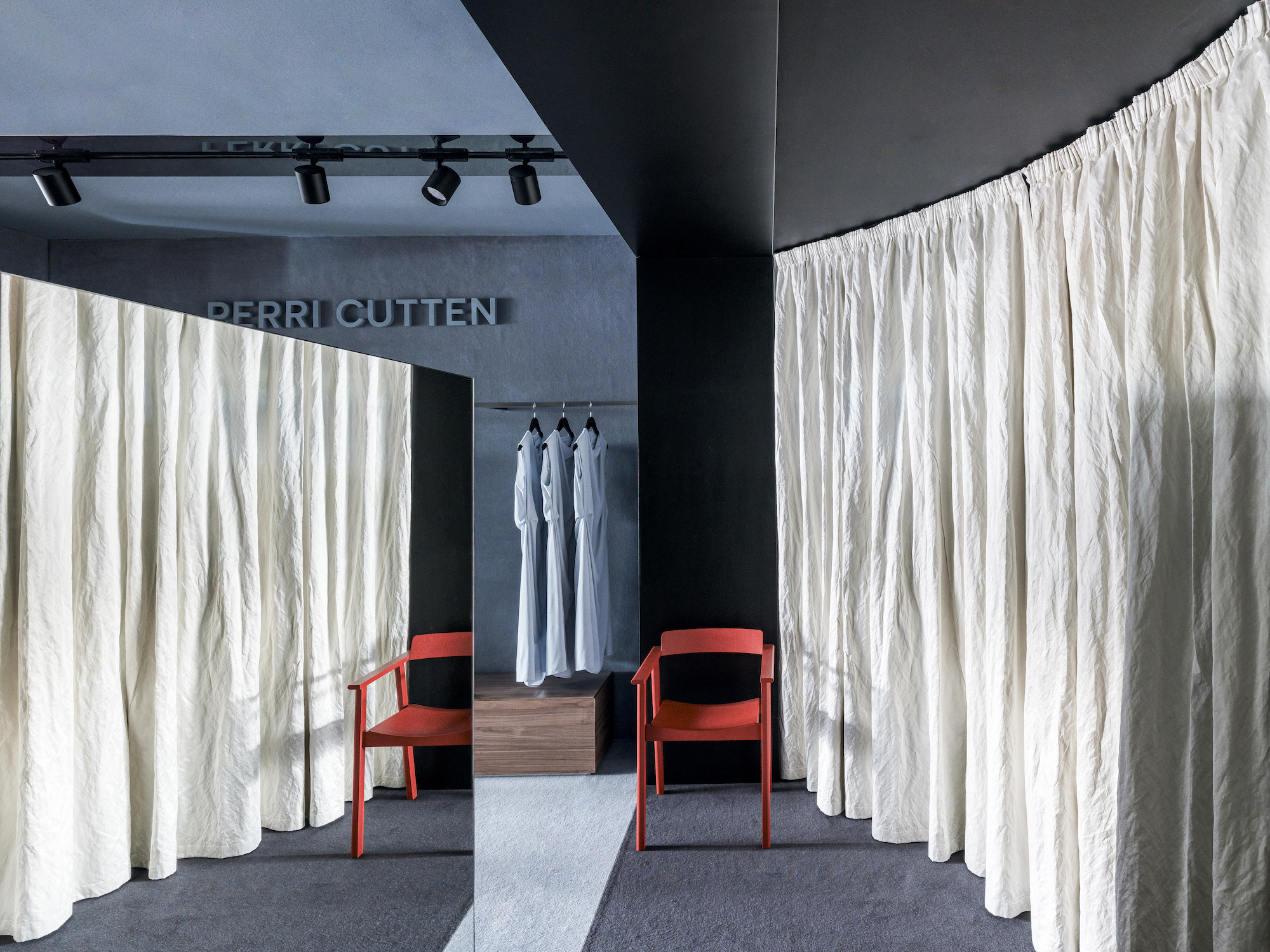
Perera’s recent interiors for 40-year old Australian clothing brand Perri Cutten reinforce this philosophy. He has breathed new life into a brand that was previously considered representative of times past. Following the revamp of the retail interiors, Perri Cutten speaks to a new generation, connecting them to the brand’s timeless craftsmanship and the natural and urban settings of each location. In the coastal suburb of Mosman in Sydney, for example, Perera has used powdery blue porcelain, rammed-earth plinths, and urns that read like long-lost under-sea discoveries, expertly contrasted against glossy metal detailing that references a more contemporary design language.

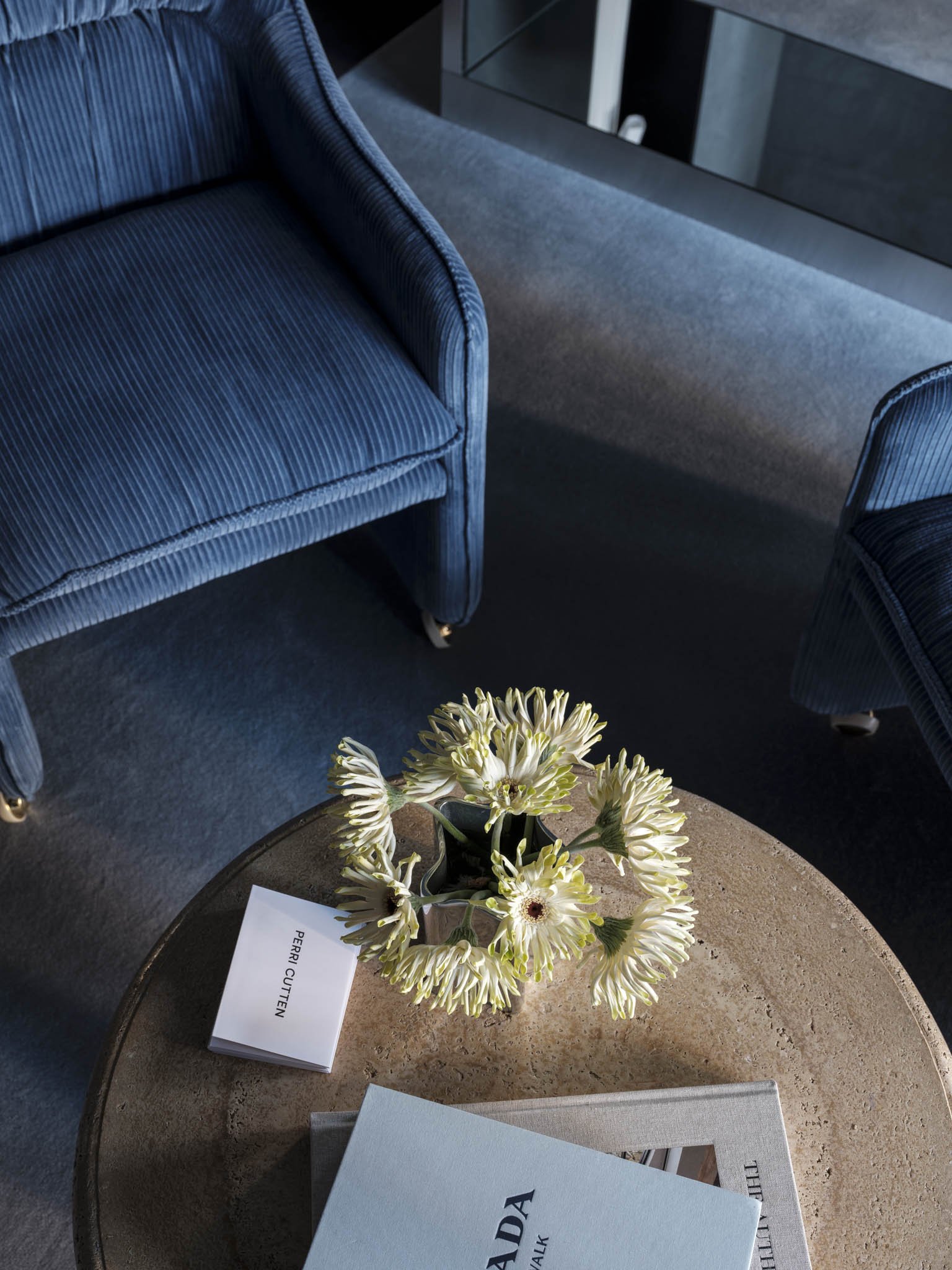
Given the close relationship with clients throughout the design process, it’s not surprising that the results invariably tell a compelling story. The West Block home in West Melbourne, for example, is a light-filled house that combines two separate, neighbouring terrace homes dating back to 1865. While the residents didn’t have a particularly large budget, it was put to good use by working with the clients’ own pieces as well as contemporary design, and unique finds, such as a non-functioning chrome Art Deco lamp that has found new life as a sculptural accent in the space. This eclectic mix is then punctuated by Indigenous artwork.
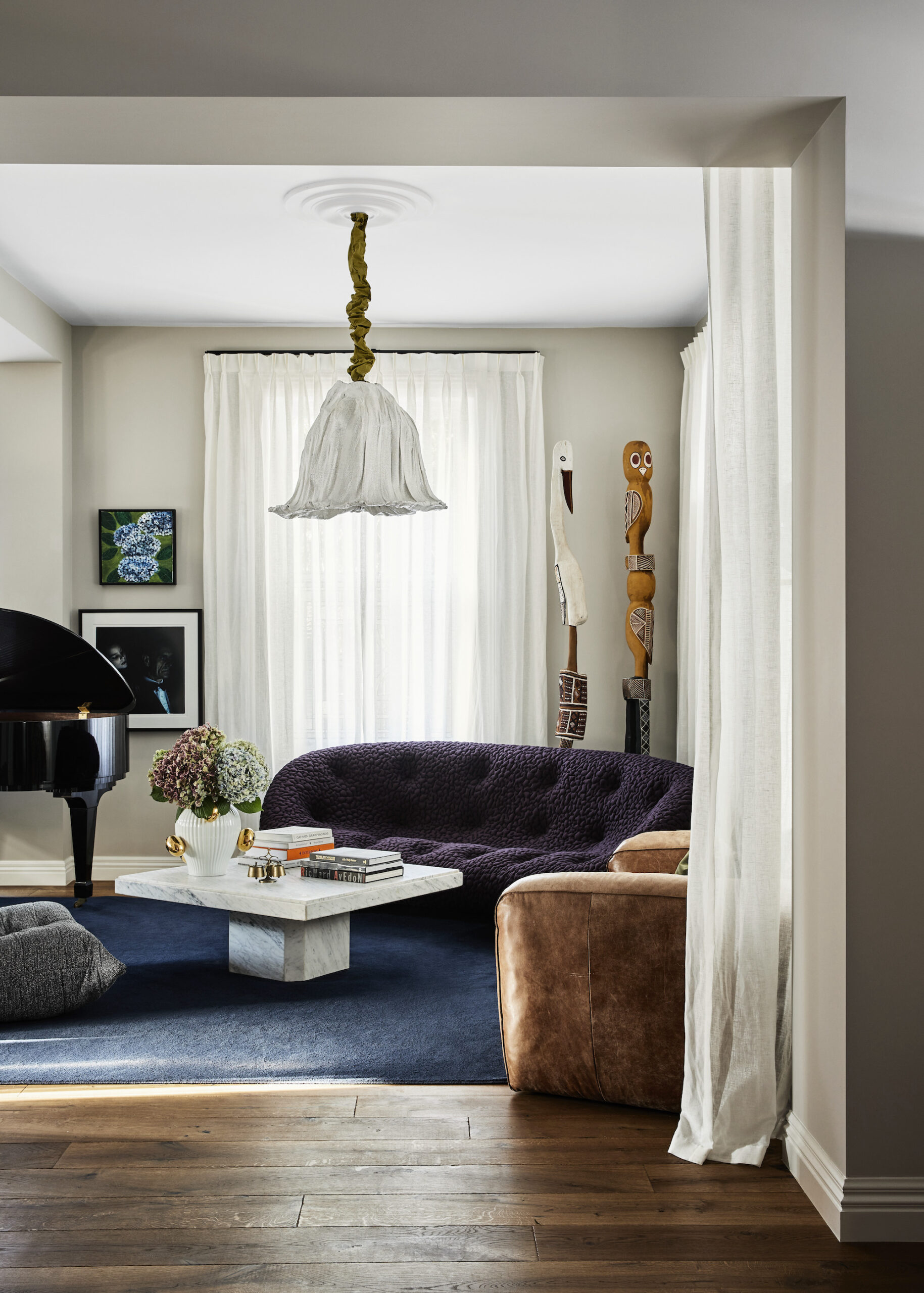
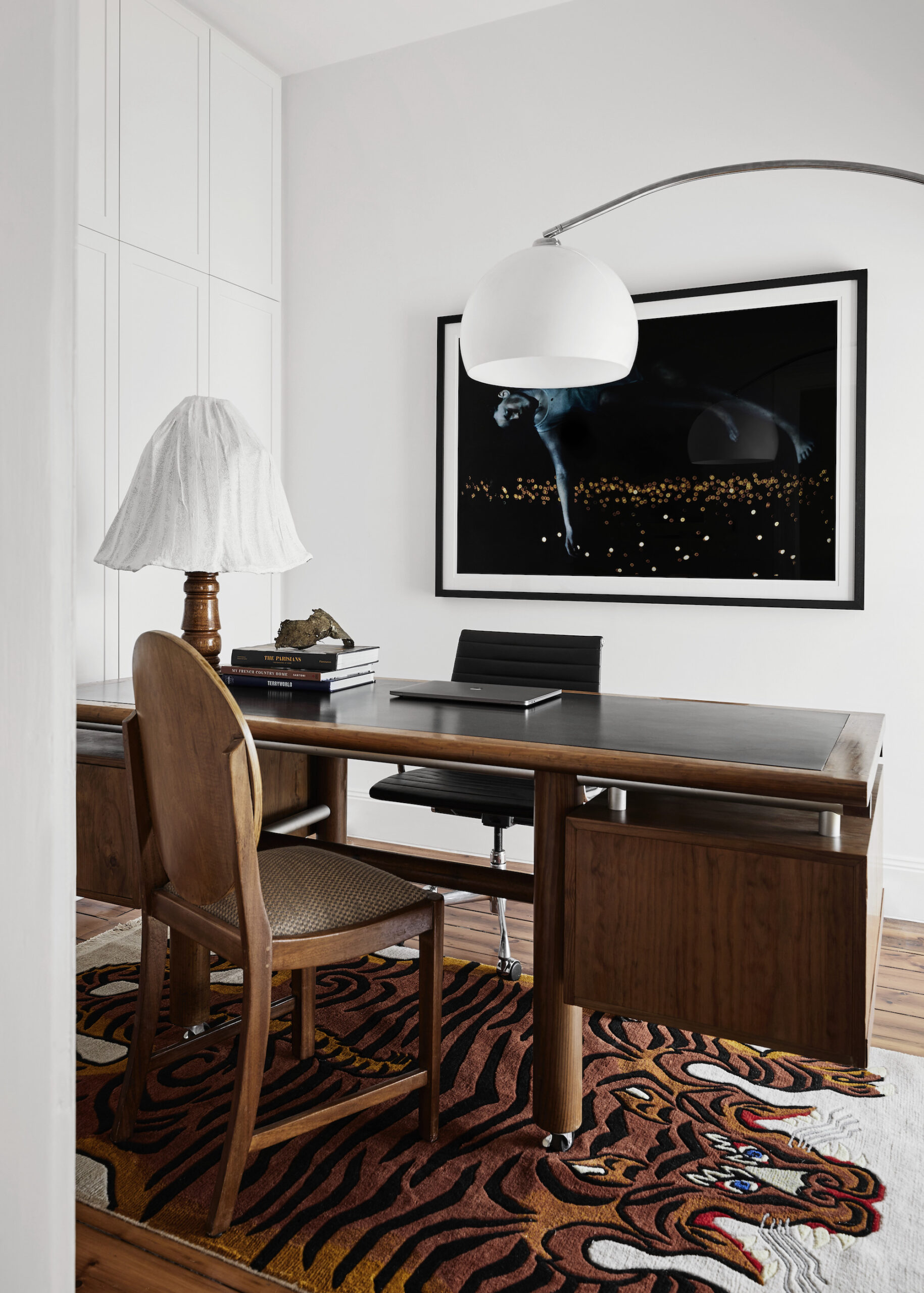
Terra House in Melbourne’s Hawthorn, meanwhile, is a study in striking minimalism defined by earthen materiality, highlighting Perera’s extraordinary versatility. The newly imagined space re-contextualises the residents’ possessions and collections, resulting in a masterful series of intimate spaces.
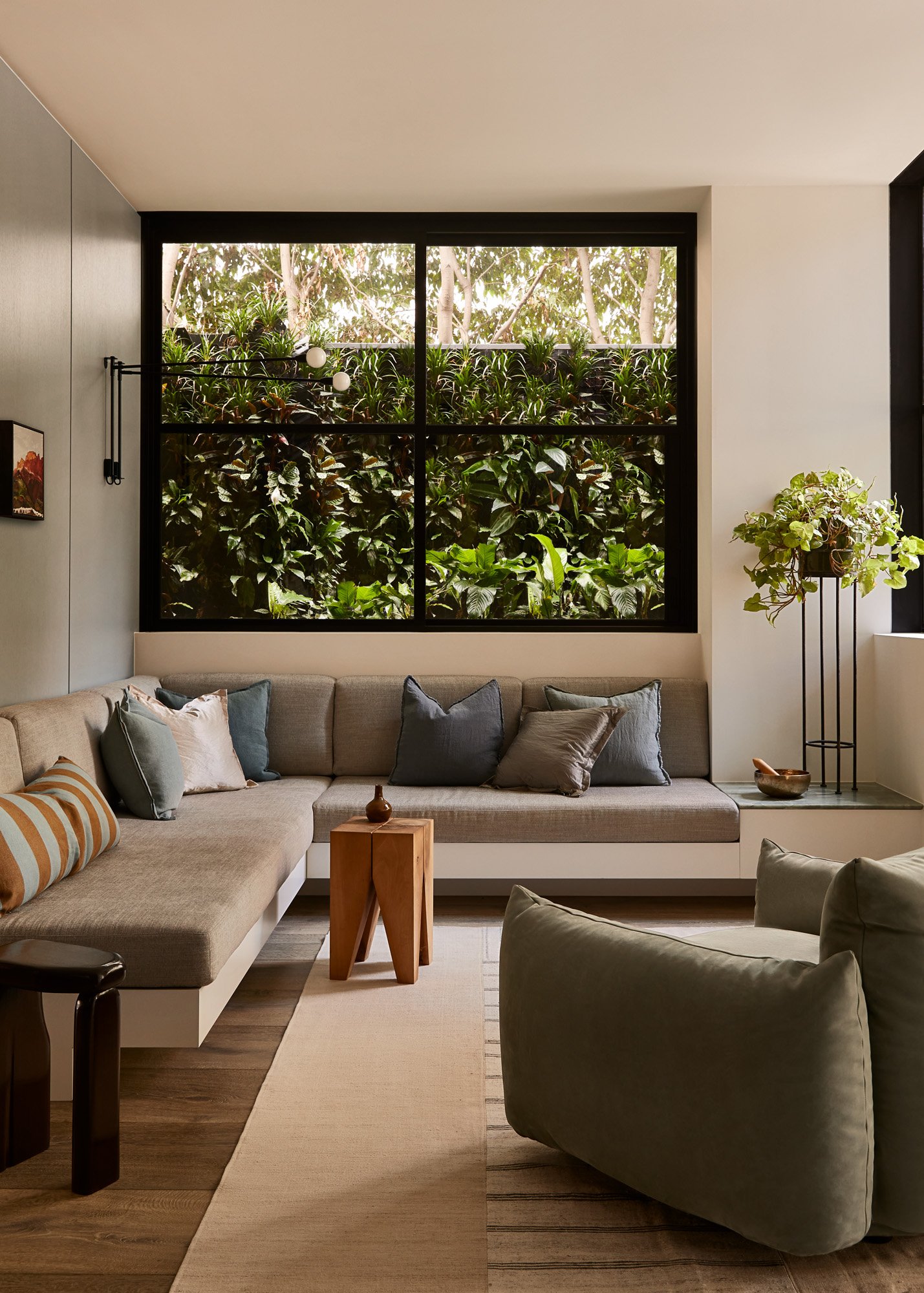
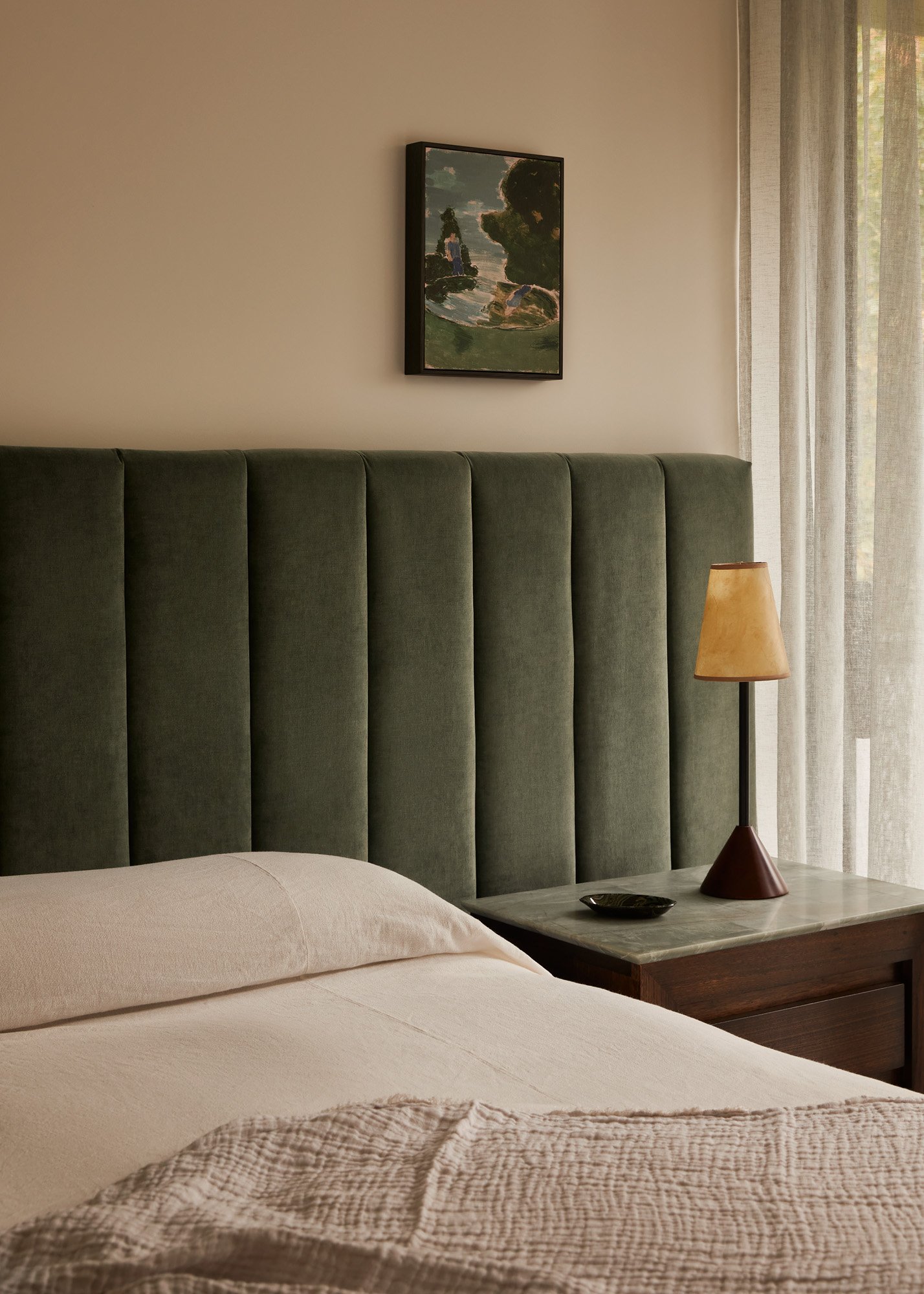
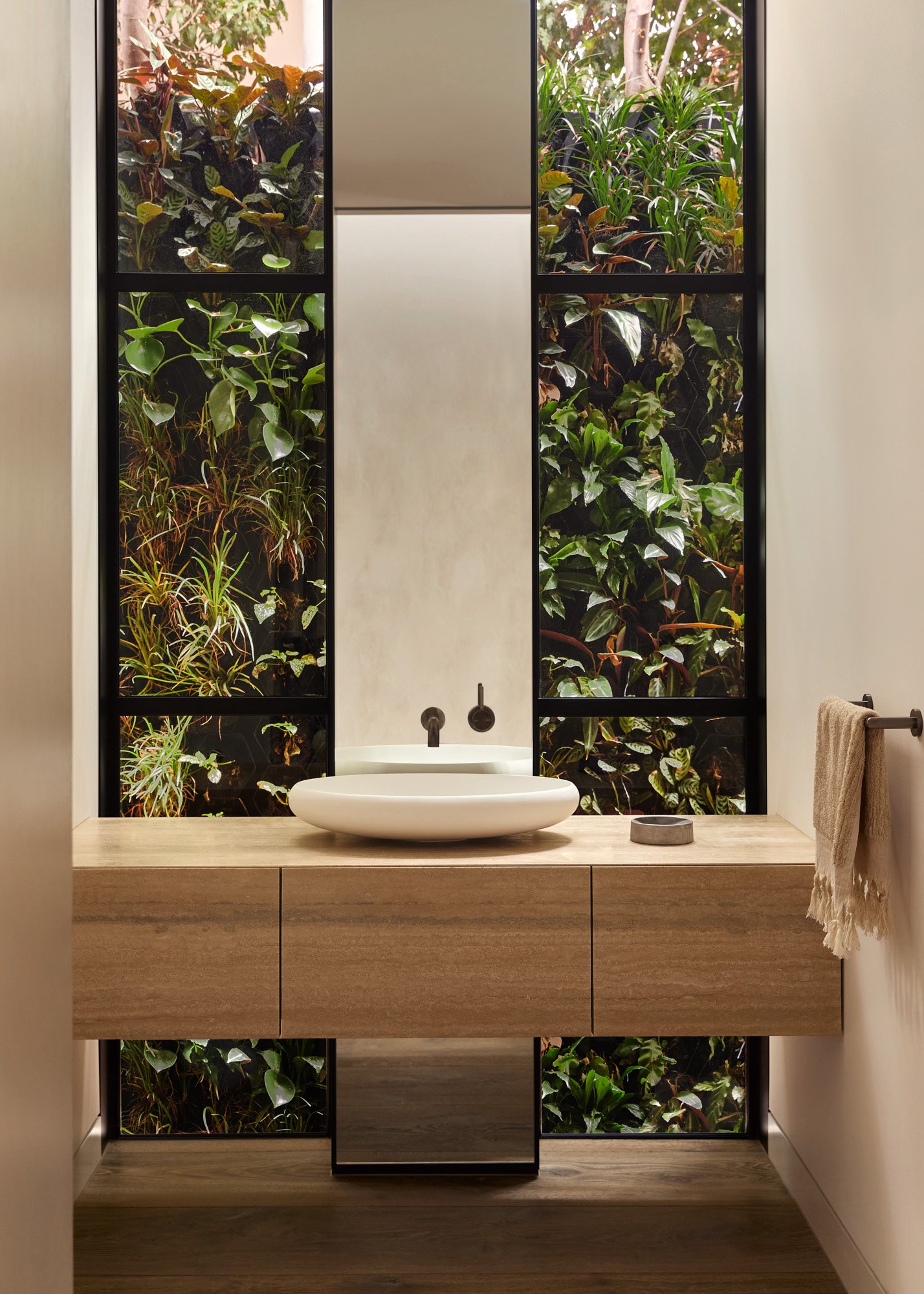
“Ultimately, I am invested in the longevity of client relationships,” says Perera. “For me, it’s less about producing projects for the sake of publicity and more about solving my clients’ problems in a way that is fluid. There is always a plan or a strategy in place that can be referred to over time as their lives shift. It’s not a static process. At the end of the day, it’s about authenticity. I don’t do my work for me, but for my clients.”
Read more: Interior Designers I Interiors | Design | Vintage | Australia



